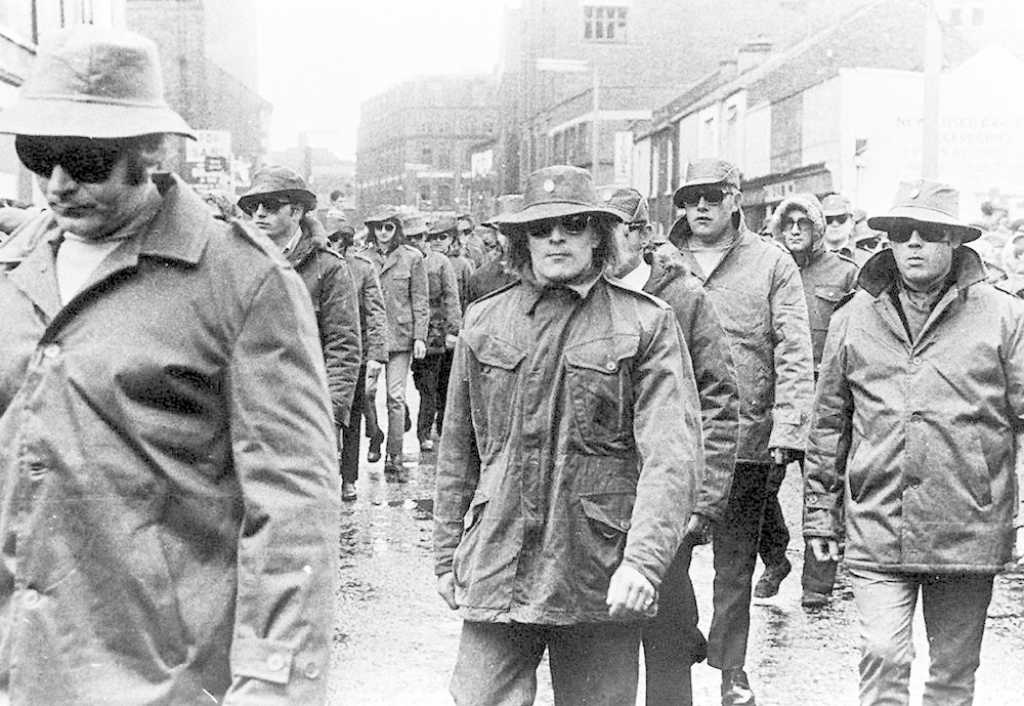________________________________________________________________________
What are conflicts of interest and who are the Conflict Coddlers?
Most folks in Great Falls have heard about conflicts of interest, but how many know what they are and how to recognize them? We have heard about the recent Community Development Block Grant (CDBG) funding corruption concerning elected City officials influencing the doling out of Federal funds to associations in which they have direct, or indirect ties. Our City Attorney, and HUD officials have castigated those guilty of such indiscretions and several local applicant non-profits have lost their funding.
According to BoardSource, a non-profit advisory organization, “Conflict of interest is difficult to define, yet many people think they know it when they see it”. BoardSource continues by noting, “Most conflicts fall into a gray area where ethics and public perception are more relevant than statutes or precedents”.
Montana Statute MCA 2-2-105 includes the following language concerning the “appearance of impropriety”:
(4) When a public employee who is a member of a quasi-judicial board or commission or of a board, commission, or committee with rulemaking authority is required to take official action on a matter as to which the public employee has a conflict created by a personal or private interest that would directly give rise to an appearance of impropriety as to the public employee’s influence, benefit, or detriment in regard to the matter, the public employee shall disclose the interest creating the conflict prior to participating in the official action.
When it was suggested during the CDBG allocations that City Commissioner Bill Bronson should recuse himself from voting on the approval of funds for applicant Neighborhood Housing because his wife was employed there, he cited Montana Statute and declared that since his wife worked in a different department of Neighborhood Housing than the part applying for funds, there was no conflict of interest. HUD did not agree with Bronson’s legal analysis. Why? Public perception is more relevant than statutes.
Further, when one recipient receives funds through an allocation process that appears tainted, another deserving applicant does not receive those funds, and that is a disservice to the community as a whole.
Excuses for apparent conflicts are abundant. One excuse that is always raised is; “Well Great Falls is a small community and everyone has some connection to everyone else”. Most people would say that is outright baloney.
Excuses for apparent conflicts are abundant. One excuse that is always raised is; “Well Great Falls is a small community and everyone has some connection to everyone else”. Most people would say that is outright baloney.
Conflicts of interest in Great Falls city government and the Great Falls Public School District have a long and storied past. Just ask anyone who has been employed in either.
To the City’s credit, and as a direct result of HUD’s admonishment concerning the CBDG program, the City of Great Falls acted to establish an ethics committee and a requirement that board members, commissioners and council members execute annual conflict of interest forms. Our only recommendation would be that all supervisors and department heads should be included.
City of Great Falls Conflict Disclosures Statement
As E-City Beat recently reported in the September 19, 2018 article, “Let’s Help GFPS Trustees Spend More Time with Their Families”, there are glaring examples of impropriety at the school district:
“As an example of ‘giving rise to an appearance of impropriety as to the public employee’s influence’ occurred at the August 22, 2011 meeting of the Great Falls Public School Board of Trustees; the award of a $150K architectural and engineering study of Great Falls High School. Laura Vukasin who is the president of a Great Falls bank and sits on the bank’s board of directors along with the principal of the local architectural firm which was awarded the contract. She not only voted in favor of the award, but also made the motion. It should also be noted that as president of the bank, she serves at the pleasure of the bank’s board of directors. Do you see an appearance of impropriety in this action?
Fast forward to the award of the architectural contract for the new Giant Springs Elementary School in 2017. Trustee Vukasin did the same thing. She voted to award a $1M+ contract to the same architectural firm.”
In the absence of individual school board members recognizing that they may be engaged in a conflict of interest, who becomes the arbiter? It would seem logical that the presiding officer, the mayor, or the chairman of the school board should act as the conflict of interest arbiter, but instead, those individuals act as conflict coddlers, and contribute to the problem.
________________________________________________________________________







